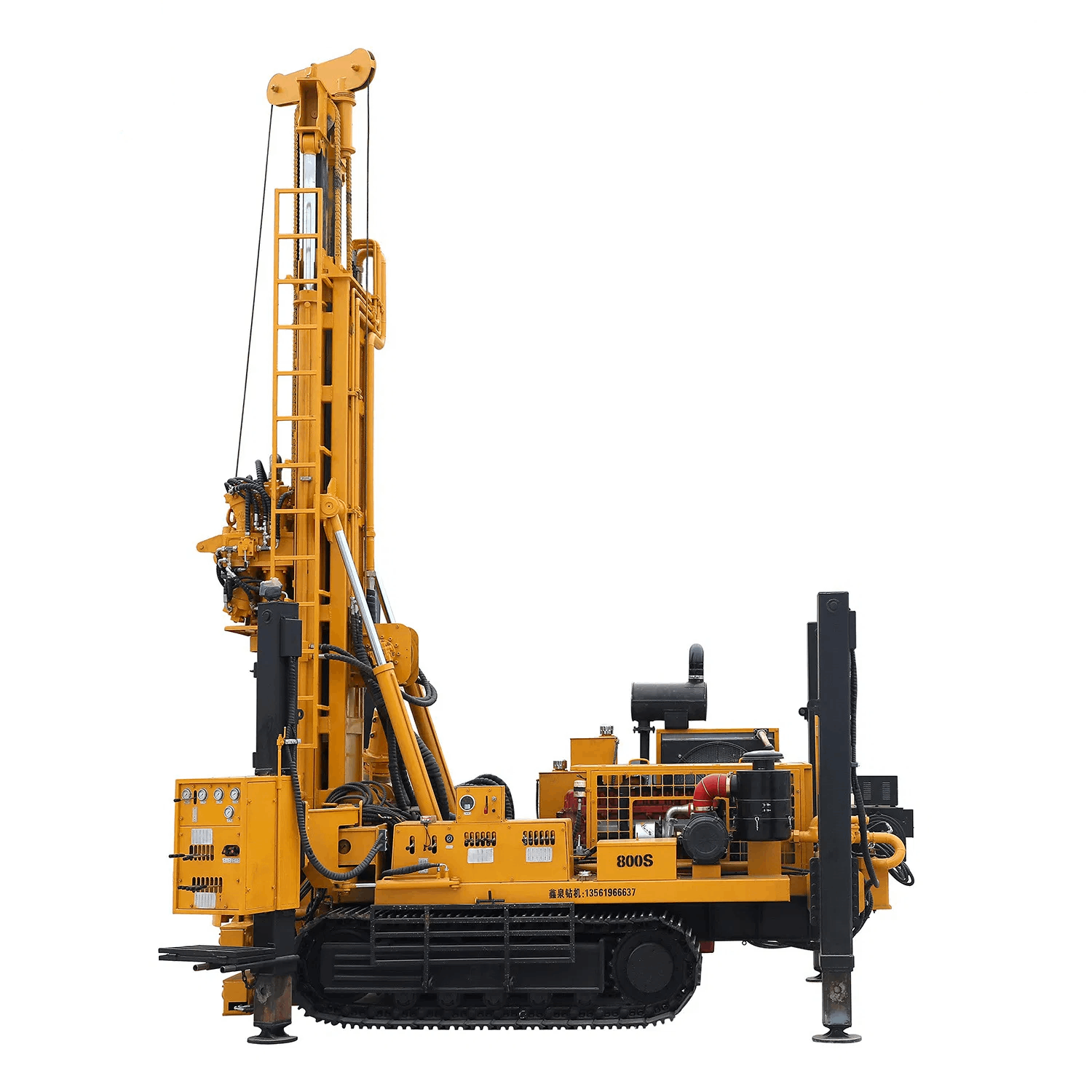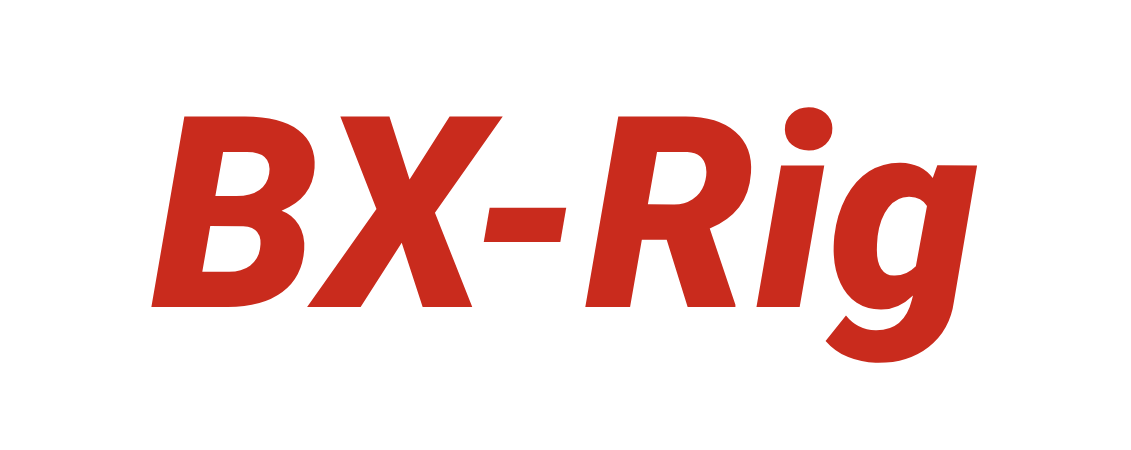Drilling parameter adjustment: Unlock the code for efficient operation of water well drilling RIGS
The insufficient depth and low efficiency of water well drilling rig are largely due to improper setting of drilling parameters. Reasonably adjusting drilling parameters is like unlocking the code for the rig’s efficient operation, which can significantly improve work performance.

Drilling speed is one of the key parameters. During drilling, if the speed is too fast, the friction between the bit and the formation increases, which not only aggravates bit wear but may also cause drill pipe twisting or even breaking, affecting drilling depth. However, too slow a speed wastes time and reduces operational efficiency. The drilling speed should be adjusted gradually according to geological conditions— Increase the speed appropriately in soft formations and reduced in hard rock layers to ensure drilling stability and safety.
Feeding pressure should not be overlooked. Appropriate feeding pressure allows the bit to better break the formation and advance drilling depth. Excessive pressure increases the rig’s load and shortens equipment service life, while too little pressure prevents the bit from effectively crushing rocks, leading to low drilling efficiency. It is necessary to precisely adjust the feeding pressure based on different geological conditions and bit types to find the optimal balance.
Rotation speed also affects drilling efficiency. A higher rotation speed can accelerate the bit’s cutting speed on the formation, but excessively high speed causes severe bit overheating and accelerates wear. In practical operation, the rotation speed should be reasonably set by combining bit material, geological conditions, and drilling speed, so that the bit can maintain good working status while cutting efficiently. By accurately adjusting parameters such as drilling speed, feeding pressure, and rotation speed, the water well drilling rig can achieve maximum effectiveness.
